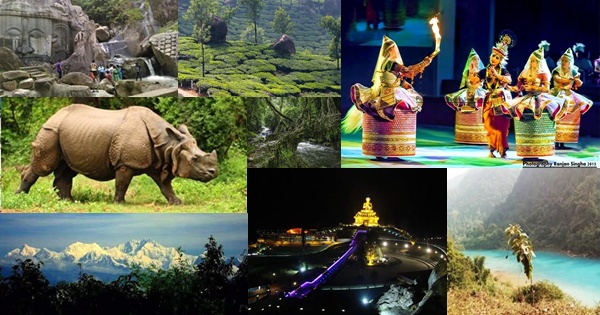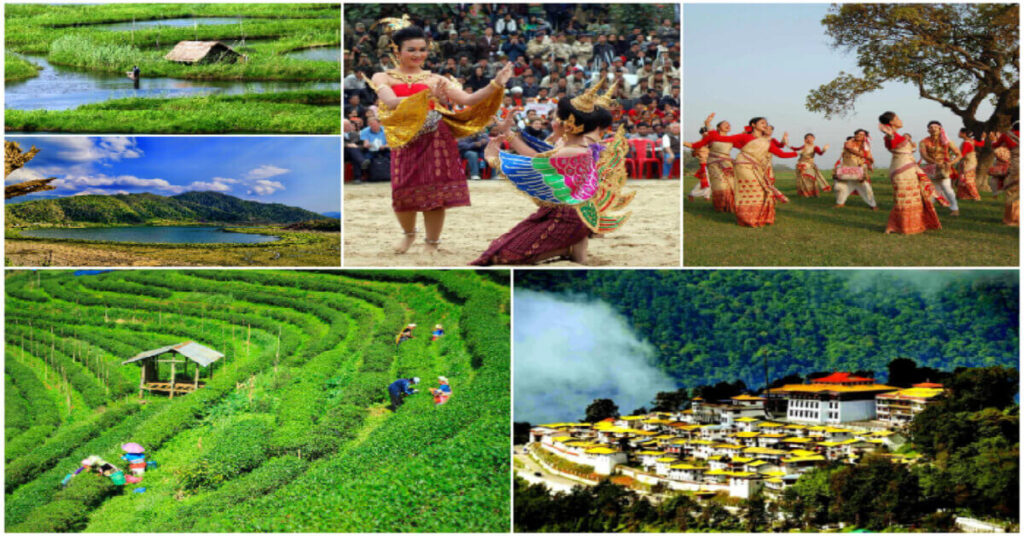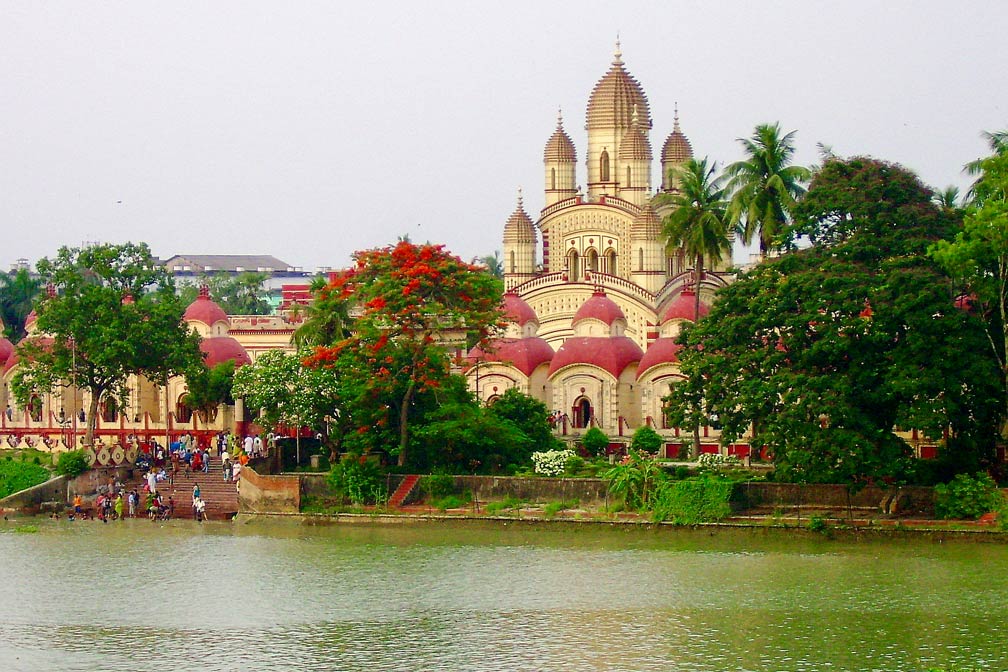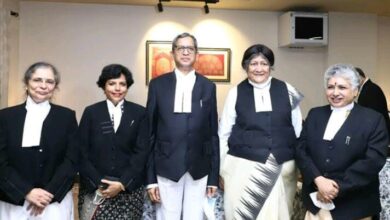East India: The ultimate revelation to know the truth

Our beautiful country is basically divided into 4 parts i.e East, West, North and South. In this piece, I shall focus on east India. Bihar, Jharkhand, West Bengal, and Sikkim make up India’s eastern region. How many of you are familiar with East India’s seven sisters? I’m guessing not many of you are aware of this.
Let’s take a look at each one separately.
7 sisters of India

Let’s take a look at the state of Arunachal Pradesh. AP is one of the largest states among the seven sisters. Furthermore, there are approximately 26 major tribes and 100 sub-tribes in AP. In fact, the 6th Dalai Lama was born in Andhra Pradesh.
It’s now time to travel to Mizoram. Mizoram, for your information, is named after an ancient tribe in the area. Mizoram, on the other hand, is regarded as one of India’s safest tourist destinations. Furthermore, if you want to get the most out of this place, go during the month of March. In March, the Chapchar Kut event takes place.
Manipur is the next stop. Keibul Lamjao National Park, located in Manipur, is the only floating park in the world. The living root bridge is another name of Meghalaya. Above all, this is the only place where heavy rain falls on a regular basis. Then there’s Nagaland. This location is well-known for its many tribes. However, each tribe has its own set of ceremonies and traditions. Tripura is also known as one of the Seven Sisters of India. The cultivation of oranges, rubber, bamboo, and other crops distinguishes this location.
Let’s talk about Assam immediately. This location is home to the world’s largest river island, the Brahmaputra. Despite this, Kaziranga National Park is located in this world-famous location. However, Assam is considered the largest tea producing state in India. Sikkim, last but not least. In contrast to the other locales, this one is not regarded as one of the seven sisters. The reason for this is that it does not share any of its borders. It is, nonetheless, known as the brother of seven sisters.
Let’s talk about Bihar

Do you know where the idea of nonviolence originated? Bihar is the answer. Lord Buddha and Lord Mahavira introduced the concept of nonviolence over 2600 years ago. Despite this, two religions, Jainism and Buddhism, were born here. Furthermore, this is the location of the world’s oldest Hindu temple. Above all, the majority of the people here are excellent mathematicians. Gaya is the best location to visit in Bihar. It is a Hindu pilgrimage hub and a transit point for the Buddhist pilgrimage centre of Bodhgaya. Alongside Gaya, you can also visit Nalanda which is also known as the oldest university in India.
Despite this, when it comes to politics in Bihar, the state boasts a diverse range of political parties. RJD (Rashtriya Janata Dal), BJP (Bhartiya Janata Party), and JDU are the main parties (Janata Dal). Bihar is now governed by a combination of the JDU and the BJP.
Travel to West Bengal

West Bengal is the next state when it comes to East India. The Himalayas, the Duars Forest, and extensive beaches are all found in this state. Calcutta, on the other hand, was the capital of British India from 1756 until 1911. As a result, British monuments can be found around the city. Despite this, Bengali is the only language in which the national anthems of two countries, namely India and Bangladesh, are written. Moreover, Darjeeling is the tourist place to visit in WB. You will witness jaw-dropping sunsets, mesmerizing beauty of hills. I believe you have also heard of Sundarbans. The biggest mangrove forest in the world is Sundarbans.
Geography of East India
Our eastern region is over 5182 kilometres long, accounting for nearly all of our country’s total geographical boundaries with neighbouring countries. 1,395 kilometres (867 miles) to Tibet Autonomous Region of China in the north, 1,640 kilometres (1,020 miles) to Myanmar in the east, 1,596 kilometres (992 miles) to Bangladesh in the south-west, 97 kilometres (60 miles) to Nepal in the west, and 455 kilometres (283 miles) to Bhutan in the north. It covers 262,230 square kilometres (101,250 square miles), or over 8% of India’s total land area.
Population of East India
Arunachal Pradesh, Mizoram, and Nagaland, three Northeastern states, have topped the list of India’s finest sex ratios. Arunachal Pradesh has the highest female-to-male ratio, with 1,084 females per 1000 males, followed by Nagaland (965), and Mizoram (964). Assam had 904 females per 1,000 males, Meghalaya had 942, and Tripura had 945 females per 1,000 males. Manipur had the lowest female-to-male ratio, with 757 females per 1,000 males.
In Assam, there were 904 females per 1,000 males, 942 in Meghalaya, and 945 in Tripura. As a result, around 4.55 crores is the total population.
Do read other articles: Western India: The problems and hardships one is not aware off
Government seeks legal status for elephant reserves
Is Lactose intolerance a serious issue in milk industry in India?




